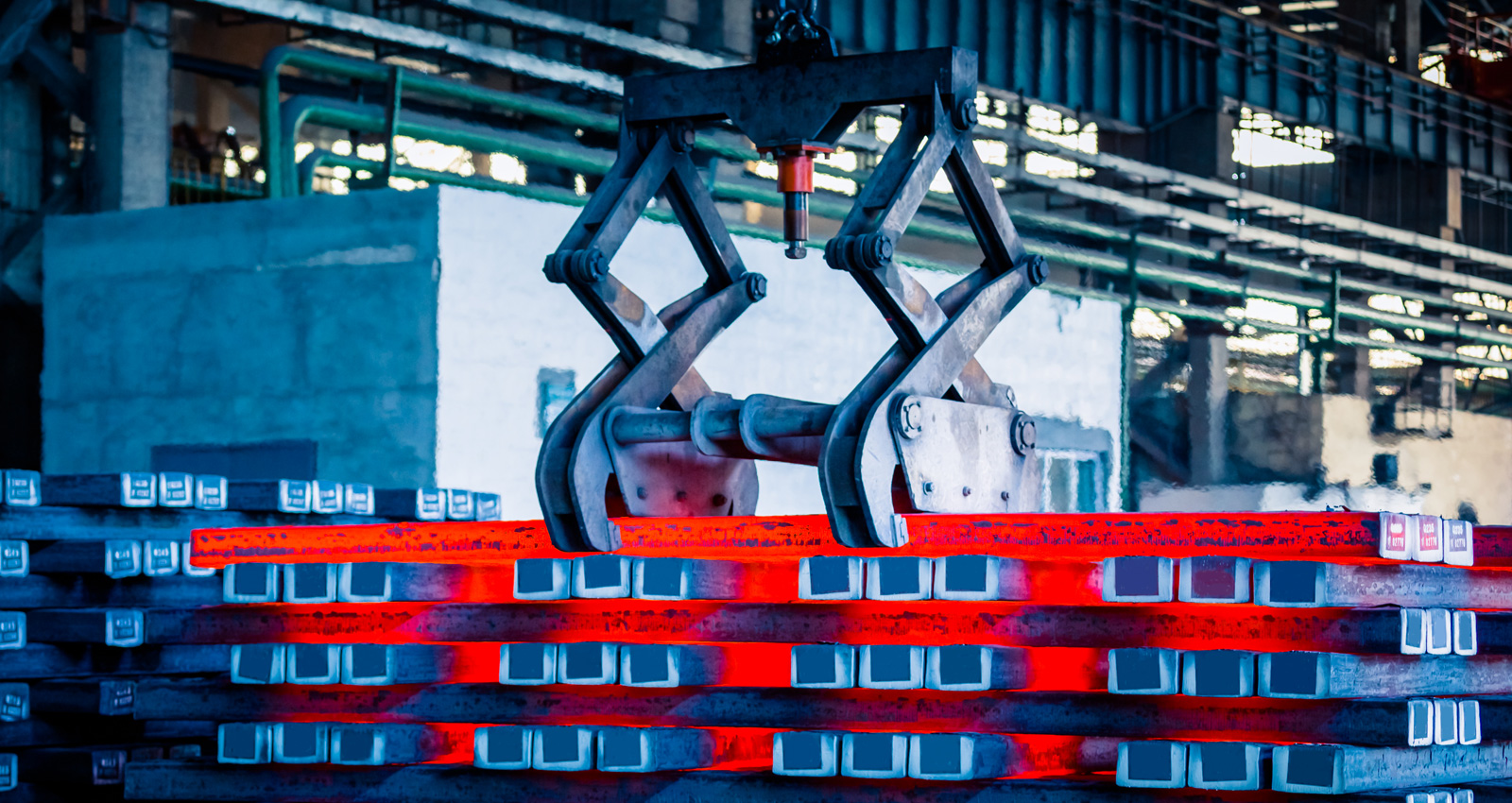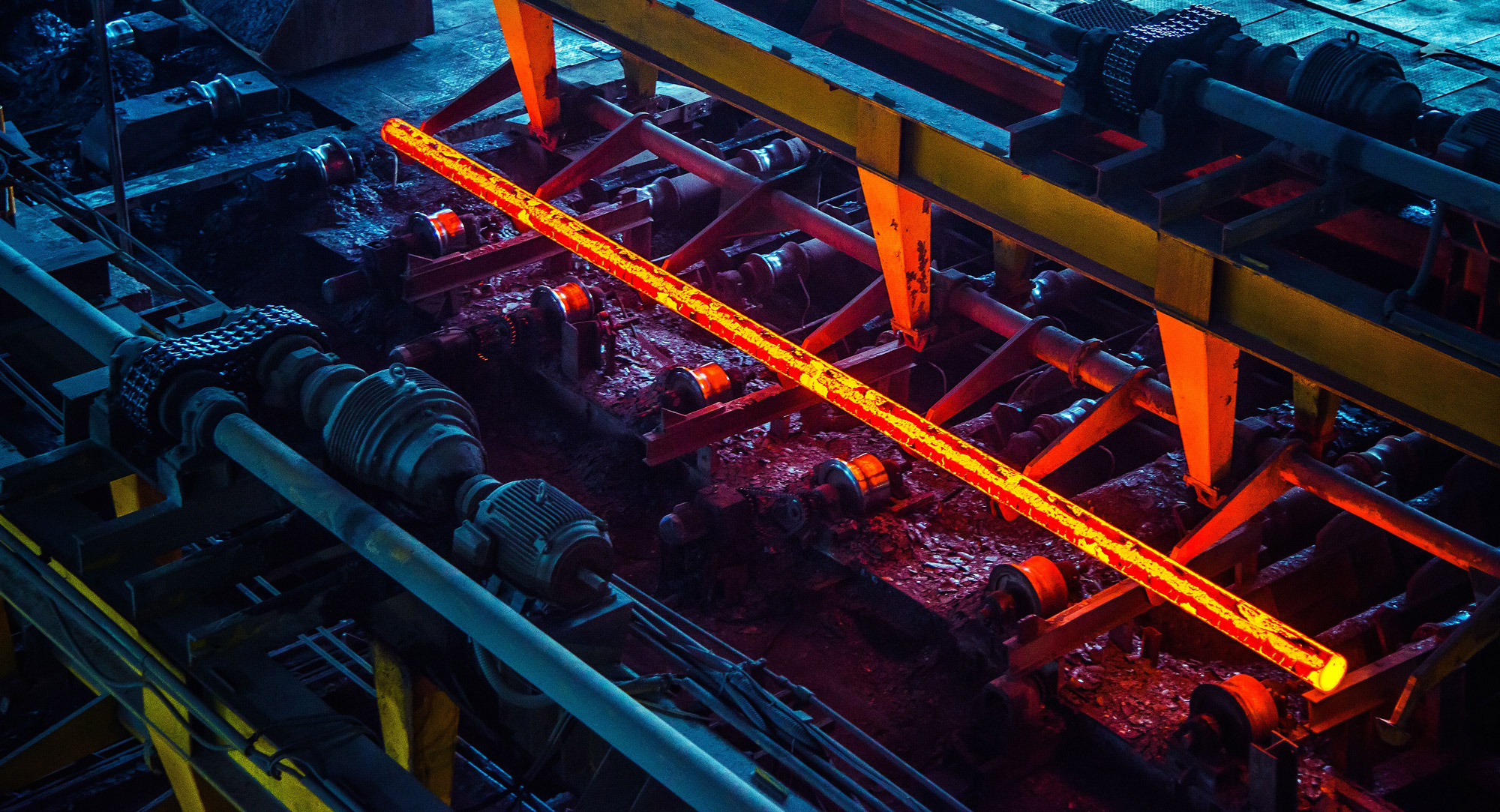Enhancing Steelmaking Efficiency: Strategies and Innovations
2024.3.1
Efficiency in steelmaking is crucial for ensuring competitiveness, sustainability, and profitability in the global market. This article explores various strategies and innovations aimed at improving the efficiency of steel production processes, ranging from raw material preparation to final product quality control. By adopting advanced technologies, optimizing operations, and implementing best practices, steel manufacturers can enhance their productivity, reduce costs, and minimize environmental impact.
The steel industry plays a vital role in global infrastructure development, manufacturing, and construction sectors. To remain competitive in a dynamic market landscape, steel producers continually strive to enhance their operational efficiency and performance. This article discusses key approaches to improve efficiency in steelmaking, encompassing both traditional and innovative methods.

Optimizing Raw Material Utilization:
Efficient utilization of raw materials is fundamental to achieving cost-effective steel production. By employing advanced techniques such as pre-treatment of scrap metal, sorting, and blending, steelmakers can maximize the yield of high-quality steel while minimizing waste and energy consumption. Additionally, the integration of recycled materials into the production process promotes sustainability and reduces reliance on virgin resources.
Utilization of Advanced Furnace Technologies:
Modern electric arc furnaces (EAFs) equipped with state-of-the-art technologies offer significant advantages in terms of efficiency and flexibility. These furnaces enable precise control over temperature, chemistry, and processing parameters, resulting in higher productivity, reduced cycle times, and improved product quality. Furthermore, the integration of automation and artificial intelligence (AI) enhances process optimization and predictive maintenance, leading to smoother operations and minimal downtime.
Enhanced Energy Management:
Energy consumption represents a substantial portion of production costs in steelmaking. Therefore, optimizing energy usage and implementing energy-efficient technologies are essential for improving overall efficiency. Strategies such as heat recovery systems, cogeneration, and utilization of renewable energy sources contribute to lowering energy intensity and carbon footprint. Additionally, adopting energy management practices, including real-time monitoring, energy audits, and optimization algorithms, helps identify areas for improvement and drive continuous efficiency gains.
Investment in Research and Development:
Continuous innovation and technological advancement are crucial for staying ahead in the steel industry. Research and development initiatives focused on process optimization, material science, and product innovation yield breakthroughs that enhance efficiency, performance, and sustainability. Collaborative partnerships between industry stakeholders, research institutions, and government agencies facilitate knowledge sharing and technology transfer, fostering a culture of innovation throughout the steel value chain.
Improving efficiency in steelmaking is a multifaceted endeavor that requires a holistic approach encompassing technological innovation, operational optimization, and sustainable practices. By implementing strategies such as raw material optimization, utilization of advanced furnace technologies, enhanced energy management, and investment in research and development, steel manufacturers can achieve significant improvements in productivity, cost-effectiveness, and environmental performance. Embracing a culture of continuous improvement and innovation is key to maintaining competitiveness and leadership in the global steel market.

